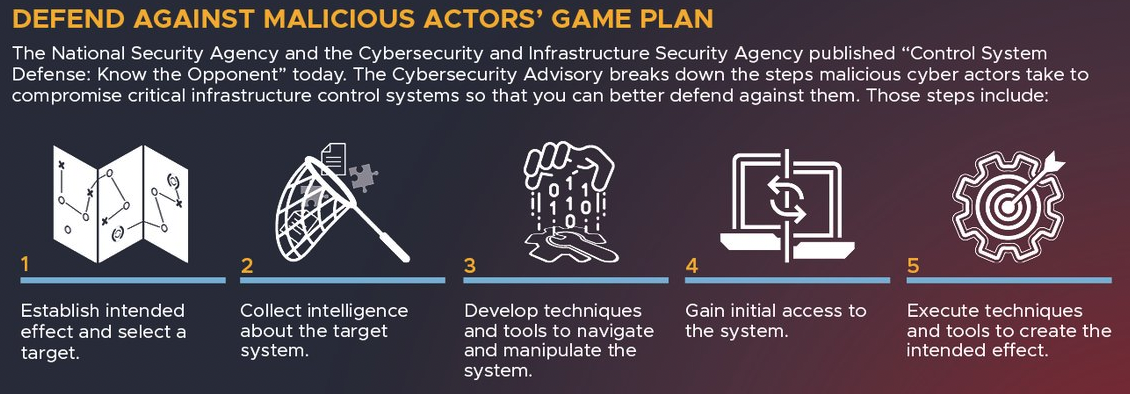The skills employed, the hacktivists and other threat actors are not going anywhere. Right now, Russia might be overwhelmingly interested in Ukraine, but their aims and goals remain global.
“These skills will be turned in other directions and other targets in the future, they will be shared in threat actor groups online. This is the world you need to be preparing for right now,” he added.
His warning echoed a similar one by Viktor Zhora, Deputy Chairman and Chief Digital Transformation Officer at the State Service of Special Communication and Information Protection of Ukraine.
Russia’s attack force consists of “hackers in uniform”, cybercriminals and hacktivists congregating in various Telegram channels, but the nation is also working on engaging ever more younger people in their cyber offensive campaigns. They are seeking talented individuals in schools (and not just tech universities), selecting the most talented and training them, he shared.
“The Russians are in it for the long run,” Zhora warned during his IRISSCON talk, and called on countries that are – or expect to be – targeted by cyber aggressive nations to create a cyber coalition so they can prepare, share their experiences, and exchange information.
OT under attack
We can’t talk about the war in Ukraine and not mention cyber attacks aimed at disrupting operational technology (OT) used by companies that are part of the country’s critical infrastructure (CI).
In his talk, Ferguson briefly passed through the known attacks that hit CI entities with OT-specific malware, starting with Stuxnet in 2010 and ending with CosmicEnergy in 2023.
Some of the attacks are believed to be the work of the US and Israel (Stuxnet), cybercriminals (EKANS ransomware, 2020) or are still unattributed (the destructive 2014 attack against a steel plant in Germany). But the rest, he noted, are all believed to have been mounted by Russian state-backed attackers.
And, he says, they are getting better at it. Mirroring the development of attacks against IT systems, they have recently begun exploiting legitimate tools found in OT environments, so they don’t need to develop customized malware.
Many attackers are scanning for OT-specific protocols and probing OT devices, Ferguson noted. While their actual exploitation hinges on the skills of the attackers, some modes of attack (e.g., DDoS and phishing) are available to those who are less skilled, but eager. Hacktivists can target critical infrastructure that’s exposed on the internet as it’s easily discoverable via online tools.
Unfortunately, securing OT systems comes with a host of challenges: a complex infrastructure; an increasing number of endpoints; OT devices insecure by design (and generally not meant to be connected to the internet); rarely integrated OT and IT security teams, a lack of visibility into the OT infrastructure – to name just a few.
A new level of cyber conflict
Since the start of the war, Russian hackers have been trying to shut down electrical power in the country, have gone after government agencies, IT companies, telecoms, software development firms, media houses, editors, and media personalities, Zhora noted.
While the initial attacks were mostly geared towards destruction, Russian cyber attackers are now also trying to get their hands on information that can help them determine the effectiveness of their kinetic attacks, discover whether their spies have been flagged by the Ukrainian authorities, and see what evidence those authorities have gathered about war crimes.
Clever and subtle psy-ops online campaigns are, as well, a favorite tactic employed by the Russian state to manipulate enemies. And, since the advent of generative AI, it has became easier to mount them, Ferguson added.
All these things should be taken in consideration by governments when preparing for the future. Looking at the cyber component of the unfolding wars in Ukraine and Israel, they can see what future conflicts will look like.
Zhora says that Ukraine is becoming more and more confident of its capacity to counter future attacks, but that each democracy needs to ask themselves: Are we prepared for a global cyber war? “And they need to be honest with the answer,” he noted.
If they are not, they should immediately begin investing in cyber defense and intensifying cooperation, he added.

InfoSec tools | InfoSec services | InfoSec books | Follow our blog | DISC llc is listed on The vCISO Directory











